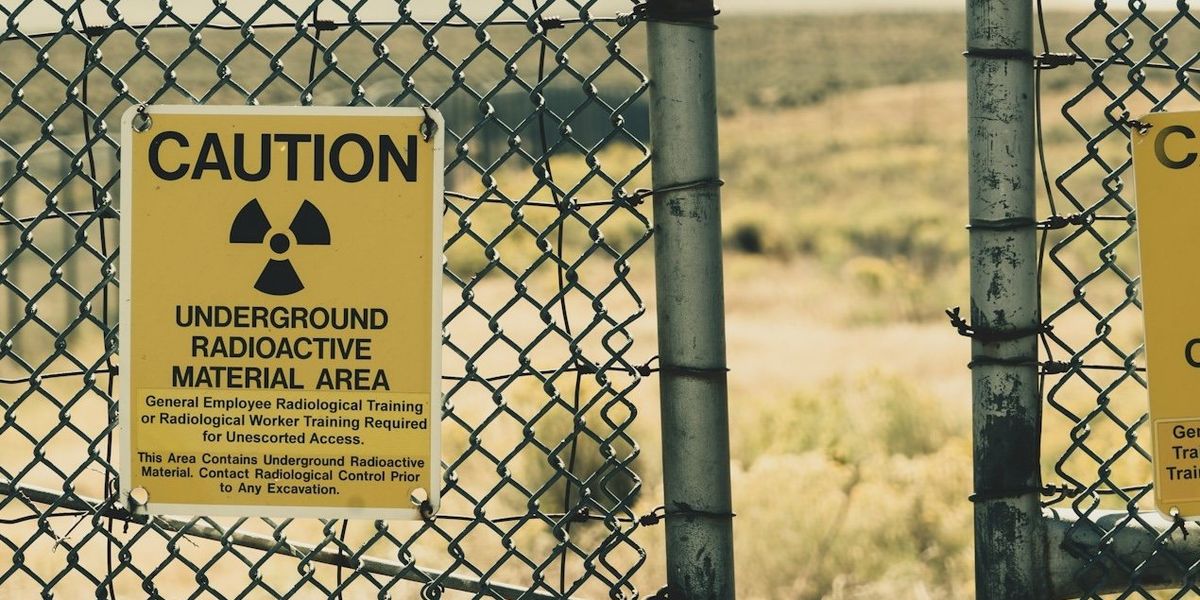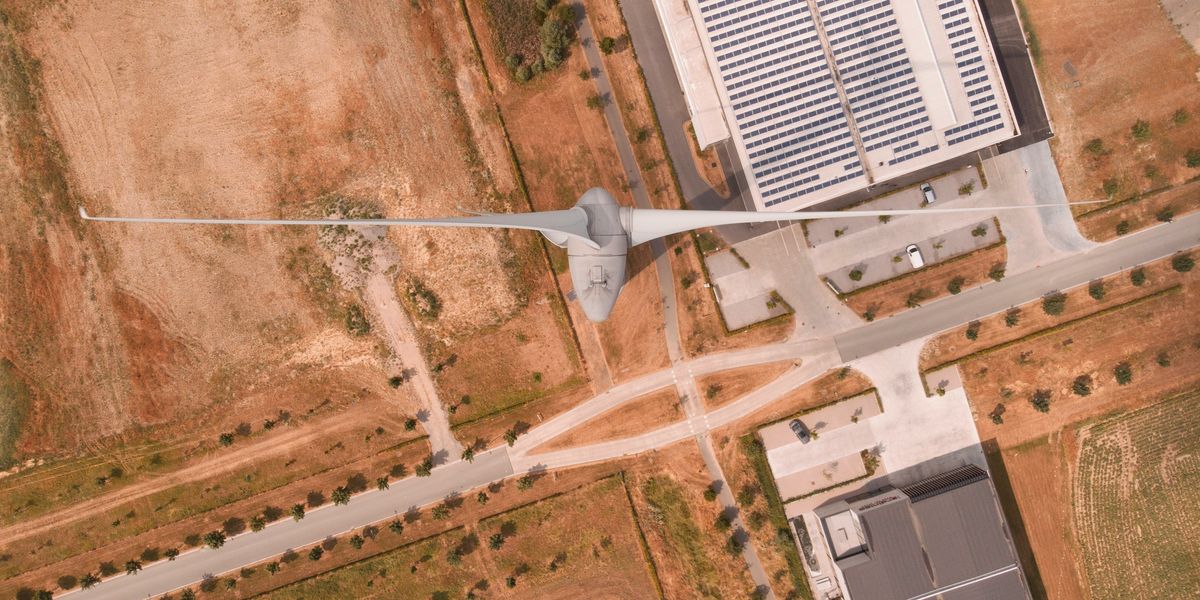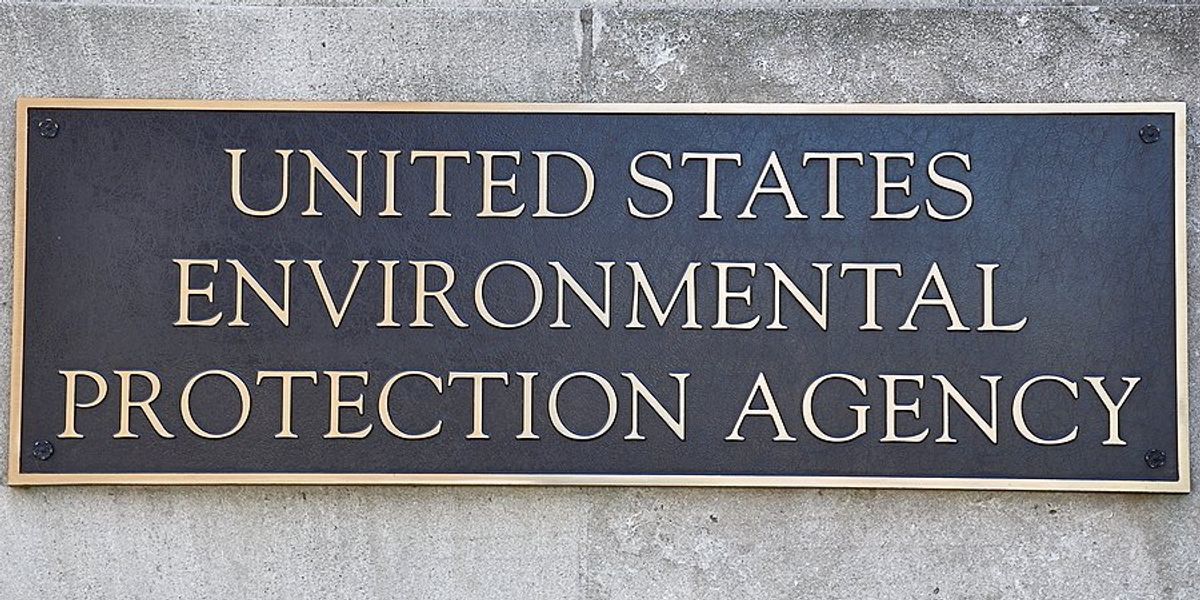
Arctic plants reveal complex shifts as climate change accelerates tundra transformation
Ecosystems across the Arctic tundra are experiencing unpredictable plant changes, signaling widespread environmental shifts linked to rapid warming.
Leyland Cecco reports for The Guardian.
In short:
- Over 40 years, researchers studied more than 2,000 plant communities across 45 Arctic sites, finding no consistent winners or losers as temperatures and growing seasons changed.
- Taller, competitive shrubs are expanding rapidly, outcompeting traditional tundra flora like flowering plants, mosses, and lichens, which threatens species such as caribou that rely on these plants.
- While biodiversity is increasing in some areas, scientists warn these changes may destabilize fragile ecosystems, impacting Arctic wildlife and Indigenous communities dependent on traditional food sources.
Key quote:
“All these changes that we’re observing, they’re not limited to the Arctic. We may see them in the Arctic, but the consequences spread far beyond the confines of the region.”
— Mariana García Criado, postdoctoral researcher in tundra biodiversity, University of Edinburgh
Why this matters:
The Arctic is warming four times faster than the global average, making it a critical indicator of climate-driven environmental change. As plant communities shift, the cascading effects extend beyond the Arctic. Migratory birds, global weather patterns, and even carbon storage capacities are at risk. The study’s findings emphasize that climate change does not produce uniform outcomes. While increased biodiversity may sound positive, in the Arctic it often signals ecological upheaval that could portend similar transformations elsewhere.
Related: Scientists test pumping seawater to slow Arctic ice loss, but questions remain













